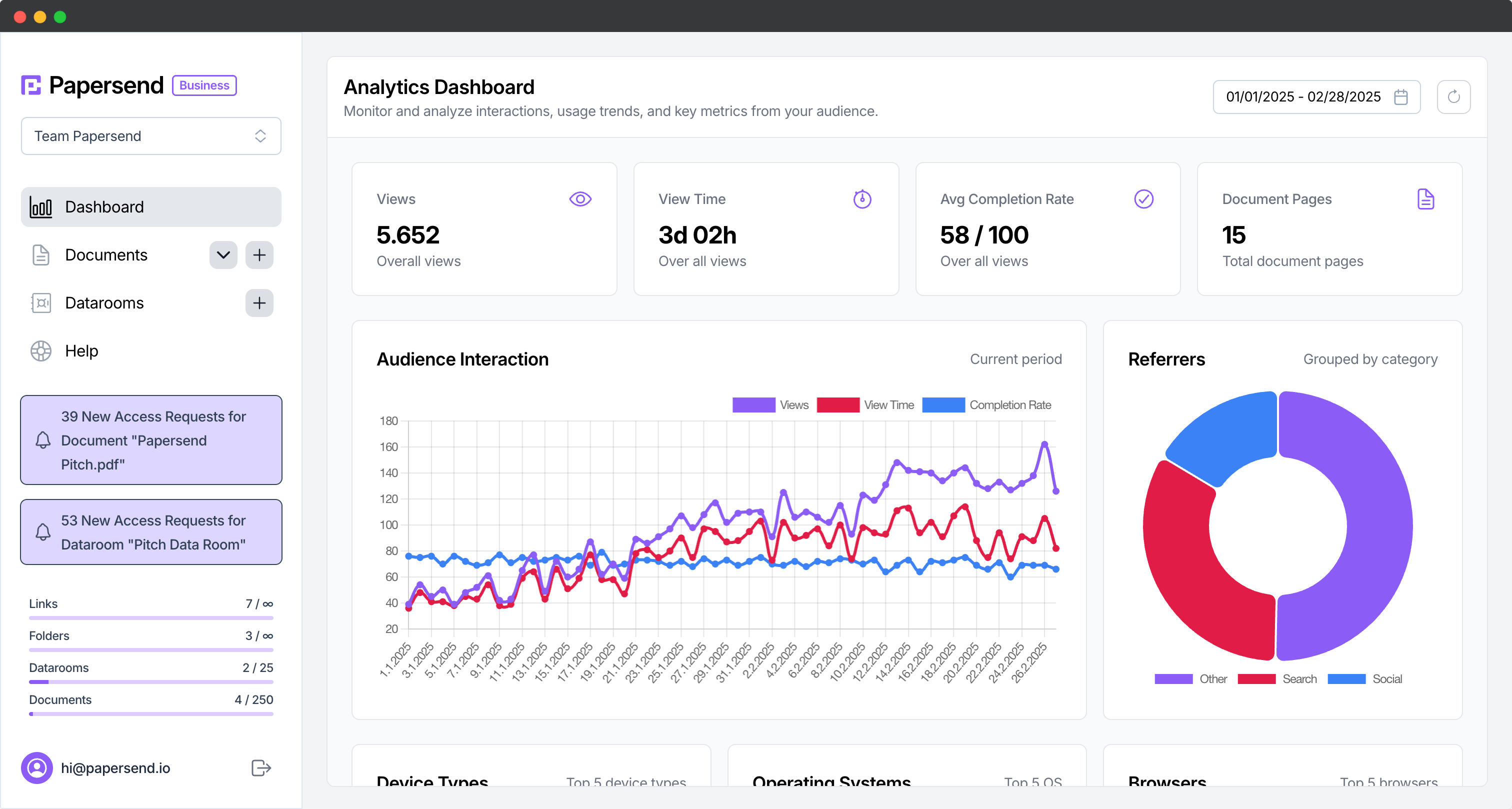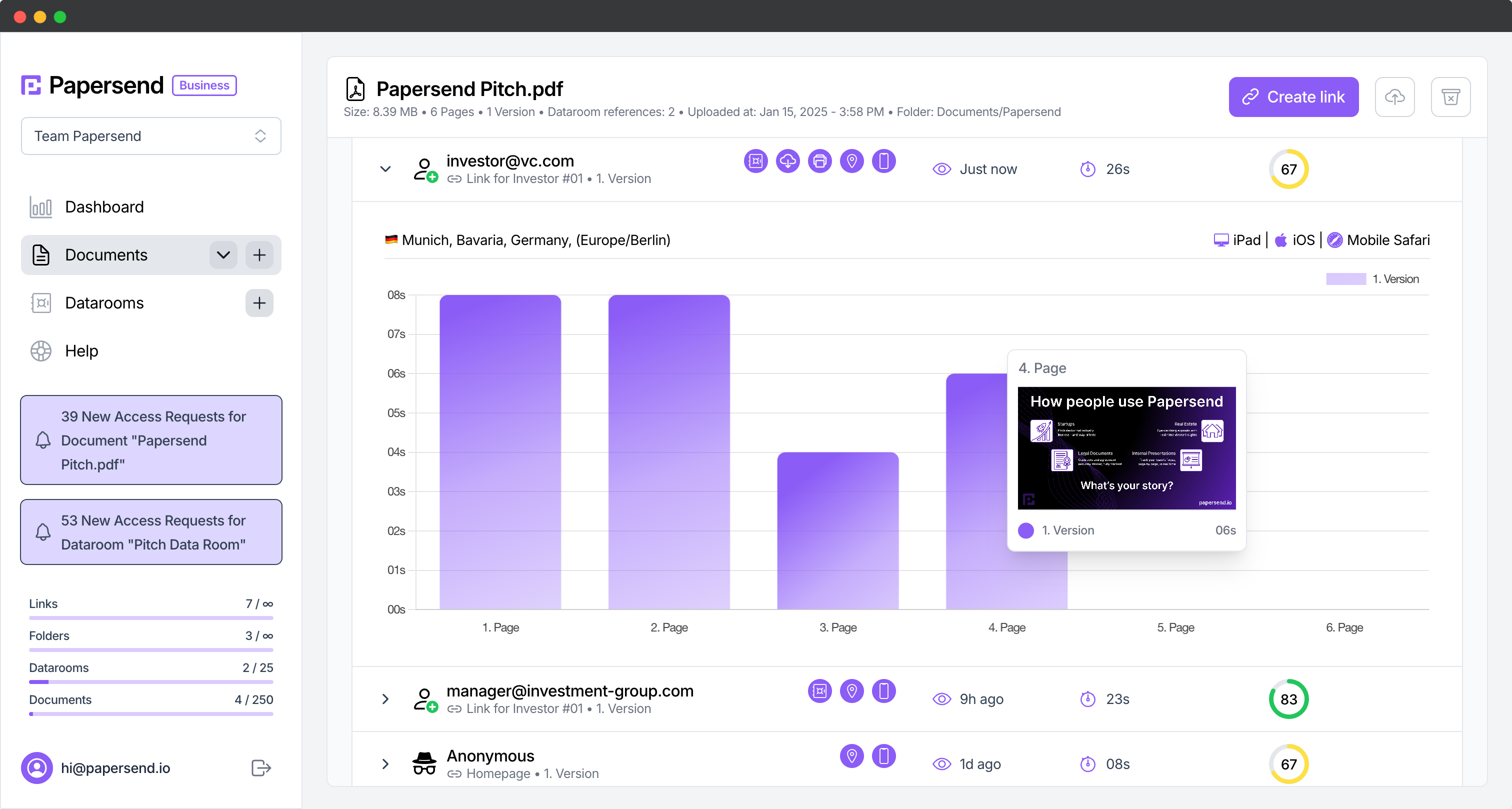Data-Driven Marketing: Guide to Smarter Strategy & Results
Beyond Guesswork: Your Roadmap to Data-Driven Marketing Success
Remember relying on gut feelings for marketing campaigns? While intuition has value, today’s landscape demands precision. Data-driven marketing isn’t just a buzzword; it’s your GPS for navigating towards marketing goals efficiently and effectively, moving beyond guesswork to strategies grounded in evidence.

This guide explores how to leverage customer data and marketing insights for powerful, personalized marketing that drives real results. Let’s replace assumptions with answers.
What Exactly Is Data-Driven Marketing (Beyond the Buzzword)?
At its core, data-driven marketing is an approach that prioritizes using customer data and the insights derived from it to inform and optimize marketing strategies and decisions. It’s about systematically collecting, analyzing, and applying information about your audience and campaign performance to make smarter choices.
Think of it as shifting from “We think our customers might like this…” to “The data shows that customers in this segment engage most with this type of content, leading to a 15% higher conversion rate.” It’s about:
- Using Evidence: Relying on facts and figures gleaned from customer interactions, campaign results, and market trends rather than solely on intuition or tradition.
- Understanding Customers Deeply: Going beyond basic demographics to understand behaviors, preferences, pain points, and the customer journey.
- Personalization: Using customer data to tailor messaging, offers, and experiences to individual needs and preferences, making marketing feel less like an interruption and more like helpful guidance.
- Optimization: Continuously measuring performance, identifying what works (and what doesn’t), and refining strategies to improve effectiveness and ROI.
Essentially, it allows you to connect with your audience more meaningfully and efficiently.
Why Data-Driven Marketing Isn’t Just Nice-to-Have, It’s Essential
In today’s digital world, customers expect personalized and relevant experiences. Ignoring the data that reveals their preferences means risking irrelevance. Adopting a data-driven approach isn’t just a trend; it’s a fundamental shift necessary for sustainable growth. Here’s why:
- Massively Improved ROI: Focus efforts on data-proven strategies, allocate budget wisely, reduce waste, and significantly boost your return on investment.
- Deeper Customer Understanding: Data reveals who your customers are, their motivations, and behaviors - invaluable for building strong relationships.
- Effective Personalization at Scale: Deliver tailored messages and experiences that resonate far more than generic campaigns by leveraging precise audience segmentation based on data. Learn more about how Papersend helps with secure document sharing tailored to specific recipients.
- Enhanced Campaign Performance: Track real-time results (A/B tests, CTRs, engagement) to continuously refine and improve your marketing efforts.
- Competitive Advantage: Adapt quickly, anticipate needs, and outperform competitors still relying on guesswork. Our experience shows data-driven companies achieve better lead quality and retention.
The Heart of the Matter: Leveraging Customer Data Effectively
Data-driven marketing runs on customer data. But you need the right data and the skills to turn it into actionable marketing insights.
Types of Valuable Customer Data:
- Demographic Data: Age, location, job title (via forms).
- Behavioral Data: Website interactions, app usage, email engagement, content downloads, purchase history.
- Transactional Data: Past purchases, order values, frequency.
- Engagement Data: Social media interactions, support tickets, survey responses, feedback, and interaction with shared documents (proposals, case studies).
Gathering and Analyzing for Actionable Insights:
Data comes from various sources (CRM, analytics, email platforms). The key is unifying and analyzing it for actionable insights - findings that suggest specific improvement actions.
Example:
- Observation: High drop-off rate on the pricing page.
- Insight: Pricing might be unclear or perceived as high.
- Action: Test clearer explanations, add testimonials, offer comparisons.
Analysis involves finding patterns and correlations. Which segments are most profitable? Which channels drive qualified leads? What content truly engages? This is where understanding customer interactions with key documents becomes critical for sales agencies and marketing teams alike.
From Insights to Action: Crafting Data-Driven Marketing Strategies
Once you have actionable insights, build powerful, data-informed marketing strategies:
- Smarter Segmentation: Use behavioral/transactional data for specific segments (e.g., “bought X, not Y,” “downloaded guide, no demo request”).
- Truly Personalized Marketing: Tailor content based on segment insights or individual behavior. Highlight features a prospect showed interest in.
- Optimized Channel Mix: Allocate budget based on proven channel performance for specific goals, not assumptions.
- Predictive Analytics (Advanced): Use historical data to forecast trends, churn risk, or LTV for proactive interventions.
- Content Strategy Refinement: Understand which topics and formats resonate. Tracking engagement on shared documents offers concrete marketing insights. Tools like Papersend show exactly how recipients interact with collateral, revealing which proposal pages get attention or if a case study leads to action. This allows for tailored follow-up and content refinement based on real engagement.

Measuring What Matters: Tracking Success in Data-Driven Marketing
“What gets measured gets managed.” Data-driven marketing hinges on tracking the right Key Performance Indicators (KPIs).
Common KPIs include:
- Conversion Rate (leads, sales, sign-ups)
- Customer Acquisition Cost (CAC)
- Customer Lifetime Value (CLTV)
- Return on Ad Spend (ROAS)
- Website Traffic & Engagement Metrics
- Email Marketing Metrics (open rate, CTR)
- Content Engagement (downloads, shares, time spent viewing)
Attribution - understanding conversion touchpoints - is also crucial. Critically, tracking engagement on specific assets like securely shared white papers or sales presentations provides direct feedback. Knowing 80% of proposal recipients spent time on pricing gives powerful data for follow-up and future design. Utilizing robust document tracking services provides this level of granular insight.
Getting Started: Practical Steps Towards a Data-Driven Approach
Transitioning takes time, but you can start now:
Define Clear Goals What do you aim to achieve? (e.g., +15% qualified leads, +10% retention). Goals dictate key data points.
Identify Key Data Sources Start with existing tools (Analytics, CRM, email). Identify critical data gaps.
Choose Your Tools Wisely Begin with foundational tools like Google Analytics. For specific needs like secure document sharing and engagement tracking, explore solutions like Papersend.
Start Small & Focused Pick one area for data-driven improvement (e.g., email subject lines, landing page personalization).
Test, Learn, Iterate Hypothesize based on data, test, analyze results, learn, implement, and repeat the cycle.
Foster a Data-Curious Culture Encourage asking “What does the data say?” Make data accessible to your team.
Moving from Guesswork to Growth
Data-driven marketing empowers creativity with insight, rather than replacing it. Grounding marketing strategies in real customer data and marketing insights leads to more relevant, effective, and personalized marketing. This improves ROI and builds stronger customer relationships. It’s the shift from shouting into the void to having meaningful, informed conversations.
Start leveraging your data, measure what matters, and transform your marketing from hopeful guesses into a predictable engine for growth.
Frequently Asked Questions
Data-driven marketing is an approach that uses customer data and insights derived from it to make informed marketing decisions, create personalized customer experiences, and optimize marketing strategies for better results and effectiveness.
It's important because it allows businesses to move beyond guesswork, using concrete customer data to understand needs and behaviors, personalize communication effectively, measure campaign success accurately, and ultimately achieve a higher return on investment (ROI) from their marketing efforts.
Customer data is gathered and analyzed to predict needs, desires, and future behaviors. These insights help marketers develop personalized campaigns, tailor messages, segment audiences more effectively, and improve the overall customer experience.
Data-driven insights are actionable conclusions drawn from analyzing customer and marketing data. They reveal patterns and trends that help businesses understand customer behavior, identify opportunities, refine marketing strategies, and enhance customer engagement.
Yes, personalization is a key outcome. By analyzing customer data, marketers can understand individual preferences and behaviors, allowing them to deliver more relevant content, offers, and experiences across various touchpoints, leading to stronger customer relationships.